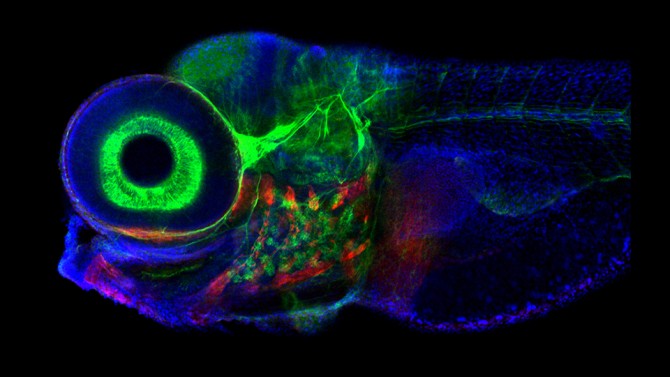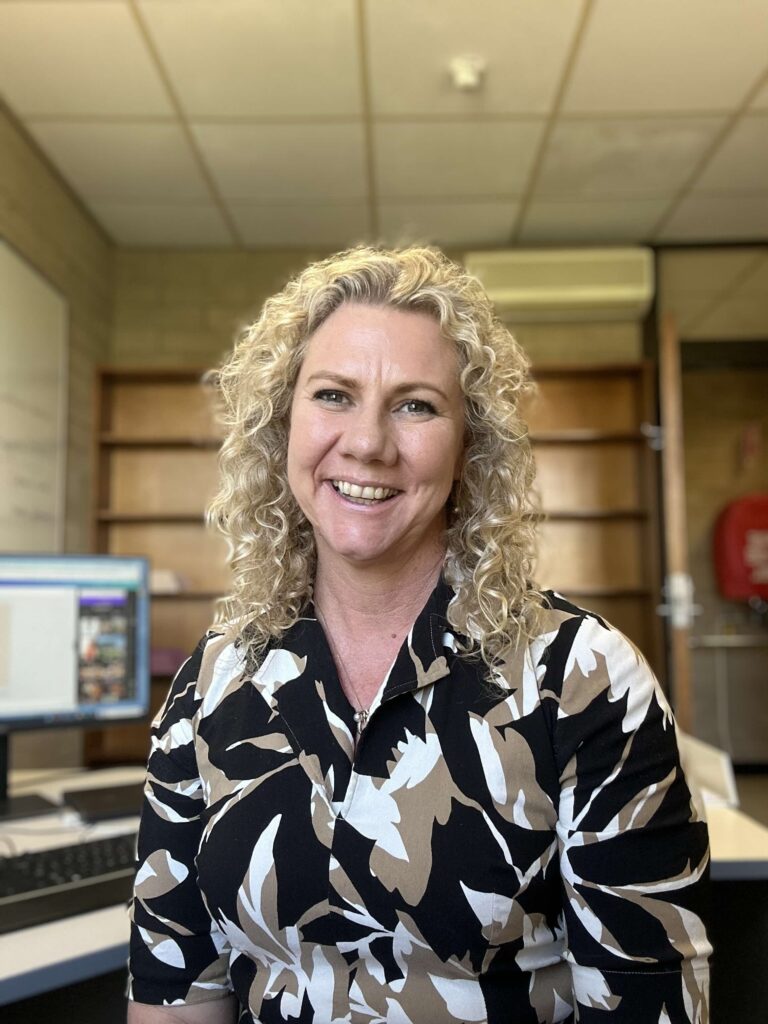For the first time, big data and artificial intelligence are being used to model hidden patterns in nature – not just for one bird species, but for entire ecological communities across continents.
The models follow the full annual life cycle of each species, from breeding to fall migration to nonbreeding grounds, and back north again during spring migration.
The development and application of this computational tool is the result of a collaboration between the and the . This work was in the journal Ecology.
“This method uniquely tells us which species occur where, when, with what other species, and under what environmental conditions,” said lead author , a researcher at the Cornell Lab. “With that type of information, we can identify and prioritize landscapes of high conservation value – vital information in this era of ongoing biodiversity loss.”
The researchers used data on 500 North American bird species from more than 9 million checklists, provided by the 900,000 birders who report their sightings to the Cornell Lab’s . They combined it with data on 72 environmental variables, including topography and land cover, to estimate species’ distributions, typical environments, and interactions with other species.
Until now, scientists could only analyze a handful environmental variables and a few species at a time. Now there are no limits to how many species or variables can be analyzed, at continental scales, as long as data is available.
“This was a very challenging computational problem,” said co-author , the Ronald C. and Antonia V. Nielsen Professor of Computing and Information Science in the Cornell Ann S. Bowers College of Computing and Information Science, and director of Cornell’s Institute for Computational Sustainability. “We could take on this challenge because of recent advancements in AI, especially in deep learning, and developments in graphics processing units (GPUs).”
Originally developed for computer games that demand intricate graphics and swift data processing, GPUs have since become indispensable for AI applications, offering rapid processing of vast amounts of data, Gomes said.
“In our application, the model learns about how species interact with their environment and with other species, making the predictions about which and how many species occur where and when more accurate than previous approaches,” Davis said. “This information vastly improves our understanding of natural and human factors that can contribute to species declines.”
For example, the scientists identified areas of high importance for North American wood warblers, a group of migratory species known to be in decline. They were able to pinpoint areas of highest importance year-round and in each of the breeding, nonbreeding and migratory seasons. The scientists are working to make this method’s outputs available so users without computational expertise can reap the benefits, which are not limited to ornithology.
“This model is very general and is suitable for various tasks, provided there’s enough data,” Gomes said. “This work on joint bird species distribution modeling is about predicting the presence and absence of species, but we are also developing models to estimate bird abundance – the number of individual birds per species. We’re also aiming to enhance the model by incorporating bird calls alongside visual observations.”
This kind of cross-disciplinary collaboration is necessary for the future of biodiversity conservation, according to , researcher at the Cornell Lab and senior author of the study.
“The task at hand is too big for ecologists to do on their own,” he said. “We need the expertise of our colleagues in computer science and computational sustainability to develop targeted plans for landscape-scale conservation, restoration and management around the world.”
This work was funded by the ³Ô¹ÏÍøÕ¾ Science Foundation; the Leon Levy Foundation; the Wolf Creek Foundation; the Eric and Wendy Schmidt AI in Science Postdoctoral Fellowship, a Schmidt Future program; the Air Force Office of Scientific Research; and the U.S. Department of Agriculture’s ³Ô¹ÏÍøÕ¾ Institute of Food and Agriculture.
Pat Leonard is a writer for the Cornell Lab of Ornithology.








